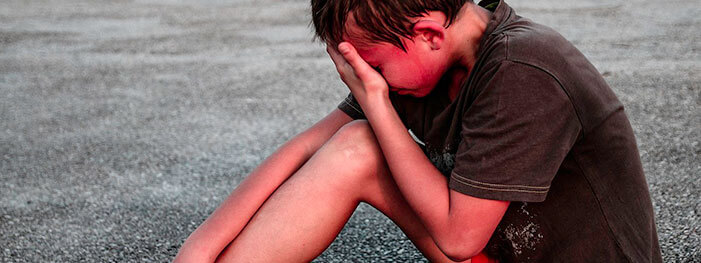Summer Solution: Bee Sting First Aid Measures

Bees are vital to the ecosystem and are one of the most important insects in the world. However, they are pests when it comes to certain situations that involve them making nests near or in people’s homes, backyards and properties. They are defensive and can become aggressive, which can result in being stung, especially in the summer when they are most active. That is why it is important to keep informed on what to do if you or someone close to you gets stung. Everyone reacts differently to bee stings and some people might even have an allergic reaction. A professional bee control service is the safest way to remove bees from your home or property. Continue reading to learn more.
What To Do If A Person Suffers A Bee Sting
There is no way to tell if a person is allergic to bee stings unless they have been stung before and are aware that they are. This can lead to situations in which they get stung and have a severe reaction as a result. In such cases, you need to be able to recognize the symptoms and act accordingly depending on the person’s reaction. If the person has any of the following, you need to call 911 immediately after a bee sting:
• A swollen tongue
• Hives
• Feelings of dizziness or faintness
• Trouble breathing
• A history of severe allergic reaction to insect stings
What To Do In Case A Person Does Not Have Severe Allergy Symptoms
There are several steps you need to apply if you witness a person who has been stung by a bee and you know they do not have severe allergy symptoms. These steps include:
• Removing the stinger
• Controlling the swelling
• Treating the symptoms
• Follow up
Removing The Stinger
The one thing you do not want to do after being stung by a bee is using tweezers or trying to pinch the stinger. This can inject more venom into the skin. Instead, scrape the area with a straight edge or a credit card edge in order to remove it.
Controlling The Swelling
The first step should be to ice the area and elevate the limb you were stung on (if you were stung on a limb). Immediately remove tight-fitting jewelry from the area of the sting because bracelets or rings might be difficult to remove if the area swells from a reaction to the sting.
Treating The Symptoms
In order to treat the itchiness, try taking an antihistamine. Alternatively, you can apply a calamine lotion or a mixture of water and baking soda. An over-the-counter painkiller like ibuprofen or acetaminophen should also help with the pain. If the person suffering from the sting is under 19, DO NOT give them aspirin.
Follow Up
Keep the sting area clean in order to prevent infection as it might take between 2 and 5 days for the wound to heal. After the wound heals, it might be a good idea to tackle the bee control task waiting for you at the site of the sting in order to prevent it from happening again.
If DIY Bee Control Fails, Call The Experts At Truly Nolen
Getting rid of bees from your home is a task you can try to tackle by yourself, but this is not a wise idea. You risk being stung repeatedly if you perform the job inadequately, which is why the better option is to call in the professionals. The experts at Truly Nolen have more than 75 years of experience in dealing with different types of pest infestations, including bees. Truly Nolen will effectively and reliably tackle any bee control task you set before them, so call the company today and benefit from their expertise.